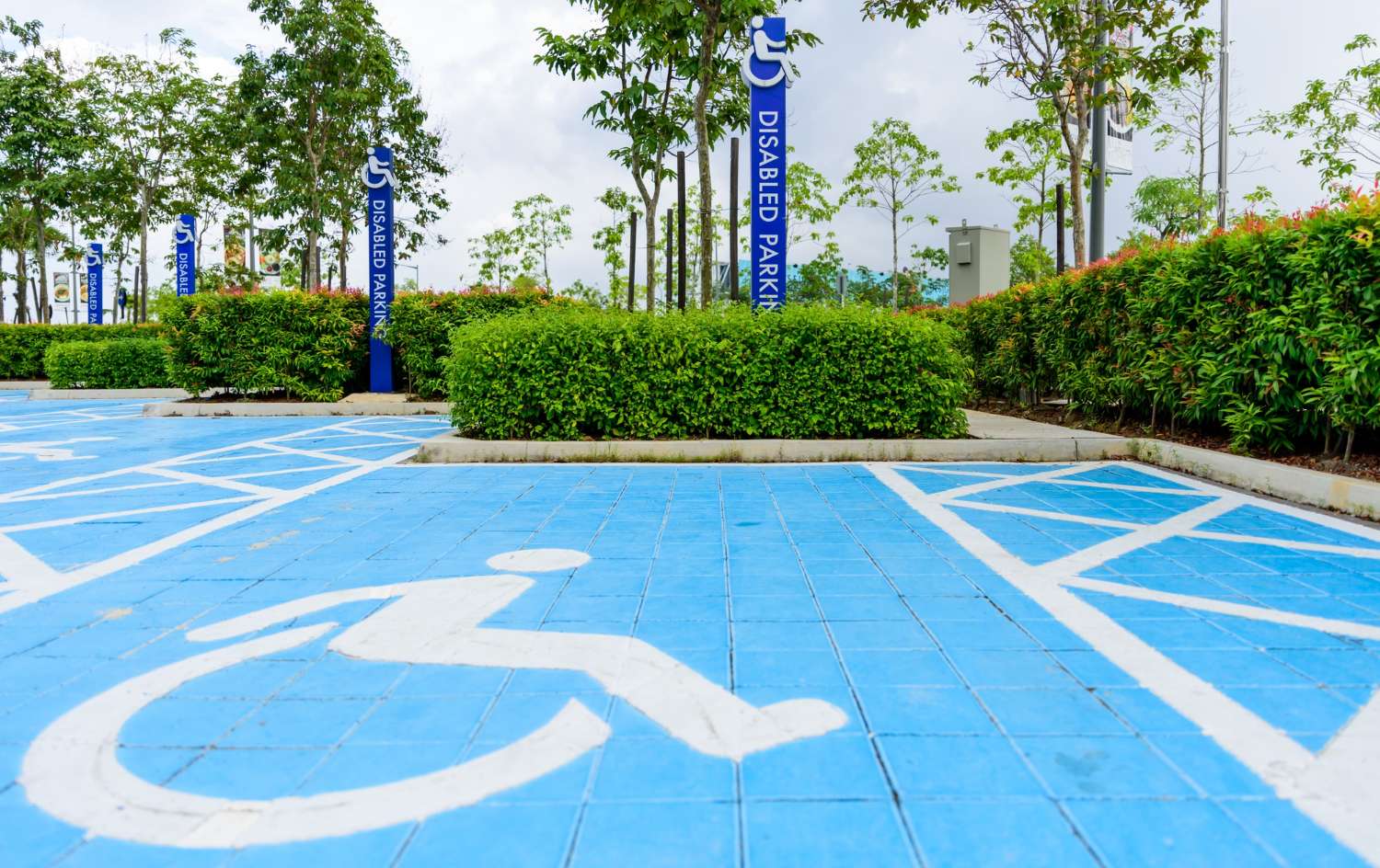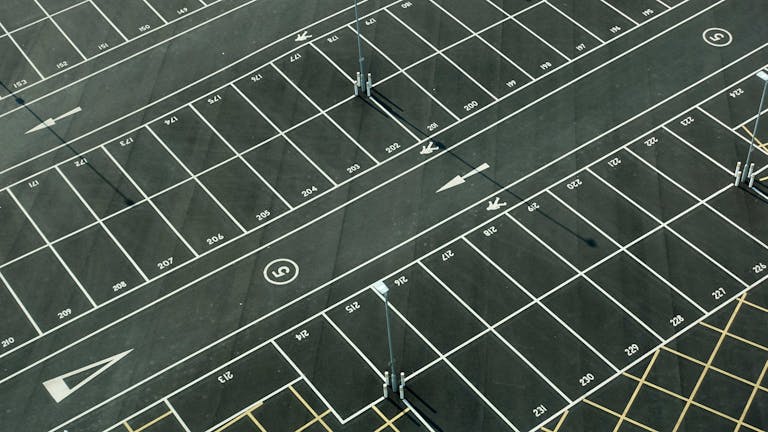10 Proven Car Park Construction Tips Every Business Should Know
A well-constructed car park is more than just a patch of tarmac—it’s a crucial part of your commercial property’s functionality, safety, and image. Whether you’re developing a business park, retail outlet, educational facility, or healthcare site, the car park is often the first thing visitors experience. That first impression matters.
But designing and building a durable, low-maintenance, and compliant car park is not as straightforward as it seems. From ground preparation to drainage, layout to surfacing, every detail needs attention.
In this blog, we’ll walk you through the 10 best practices for car park construction, so you can avoid costly mistakes and ensure long-term success.
1. Start with a Comprehensive Site Survey
Before any machinery arrives on-site, a detailed survey is essential. It helps assess the topography, soil type, drainage, and any potential access issues.
🧭 A site survey identifies:
- Ground stability
- Drainage requirements
- Service connections (gas, electric, water)
- Environmental risks
This early insight helps avoid delays and unexpected costs further down the line.
2. Choose the Right Sub-Base
Your car park is only as good as its foundation. The sub-base supports the surface layer, spreads weight evenly, and prevents sinking or cracking.
| Sub-base Option | Best For | Notes |
|---|---|---|
| Type 1 MOT | Most commercial car parks | Durable, cost-effective, widely used |
| Type 3 (Open Graded) | Sustainable drainage systems (SuDS) | More permeable, ideal for SuDS-compliant sites |
| Recycled aggregates | Eco-conscious builds | Sustainable, but must meet compaction standards |
Make sure the sub-base is well compacted using a roller to avoid any future surface deformation.
3. Don’t Cut Corners on Drainage
Poor drainage is the number one cause of premature car park failure. Standing water damages surfacing and creates slip hazards.
🚧 Drainage best practices include:
- Installing channel drains and gullies to direct water away
- Using permeable surfaces or SuDS-friendly materials
- Designing the site with a slight camber or gradient (1–2%) for water runoff
Drainage isn’t just good practice—it’s often a legal requirement under planning and environmental guidelines.
4. Plan for Traffic Flow and Safety
A good car park layout supports smooth traffic movement, prevents bottlenecks, and reduces the risk of accidents.
Key layout features to include:
- Clearly marked bays (2.4m x 4.8m standard for cars in the UK)
- Wider bays for disabled users (min. 3.6m)
- One-way systems to ease flow
- Turning radii that accommodate all vehicle types
- Speed calming measures, like humps or textured surfacing
📍 Use signage, road markings, and bollards to reinforce safe behaviour.
5. Pick the Right Surfacing Material
Your choice of surfacing impacts durability, maintenance, and visual appeal. Each material has its pros and cons depending on budget, usage, and environmental goals.
| Material | Best For | Pros | Cons |
|---|---|---|---|
| Tarmac (Asphalt) | Most standard commercial car parks | Affordable, quick to install | Can soften in extreme heat |
| Concrete | High-traffic or HGV areas | Strong and long-lasting | More expensive, slower to lay |
| Resin Bound | Premium developments or SuDS sites | Permeable, low-maintenance, decorative | Not suitable for heavy vehicles |
| Block Paving | Aesthetic or mixed-use spaces | Attractive, flexible for repairs | Higher install cost |
6. Consider Sustainable Construction
More UK developments are being pushed towards green infrastructure—and your car park can contribute.
♻️ Sustainable features to consider:
- Permeable paving for flood resilience
- Tree planting with underground root zones
- EV charging points for electric vehicles
- LED lighting with smart sensors
These not only help with planning approval but enhance long-term cost-efficiency and CSR credentials.
7. Allow for Expansion and Future Use
Think long-term. Your business needs may grow—and your car park should have the flexibility to adapt.
✔️ Consider:
- Designing with modular bays or overflow areas
- Ducting for future electric, lighting or barrier systems
- Space for bicycle storage or covered walkways
A forward-thinking layout avoids expensive redesigns later on.
8. Install Lighting and Security Features
A car park isn’t complete without effective lighting and safety infrastructure. These not only deter crime but provide peace of mind for users, especially in winter months or during evening hours.
🔒 Security essentials include:
- LED lighting on timers or PIR sensors
- CCTV positioned at entrances and exits
- Barrier control or ANPR access
- Anti-climb fencing for restricted zones
Don’t overlook the visibility of signage and bay lines under low light.
9. Ensure Accessibility and Regulation Compliance
The Equality Act 2010 requires that public-facing car parks offer reasonable access to people with disabilities. That means more than just painting a blue badge on a bay.
Key accessibility features:
- Properly marked disabled bays near entrances
- Dropped kerbs and ramps for smooth access
- Textured paving for the visually impaired
- Compliant signage and accessible lighting levels
Ignoring this can result in legal and reputational risk.
10. Use an Experienced Contractor
A well-built car park is an investment—not a DIY project. Partner with a contractor who understands both the technical requirements and legal obligations of commercial car park construction.
Look for:
- Proven track record in large-scale commercial schemes
- In-house project management
- Knowledge of SuDS compliance and BNG opportunities
- Support with planning permission and design
Want expert support? Learn more about our car park and pathway construction services at Killingley and discover how we can help you get it right first time.
Conclusion
A well-planned and professionally constructed car park adds value, safety, and longevity to any commercial development. From sub-base to signage, each component must be carefully considered to avoid premature failure and costly rework.
By following these 10 best practices, your business can create a car park that stands the test of time—while supporting sustainability, compliance, and user satisfaction.
If you’re planning a new project, start with the groundwork done right. It’s the difference between a problem area and a valuable asset.
Killingley Insights is the editorial voice of NT Killingley Ltd, drawing on decades of experience in landscaping, environmental enhancements, and civil engineering projects across the UK.








